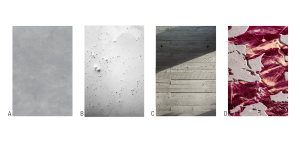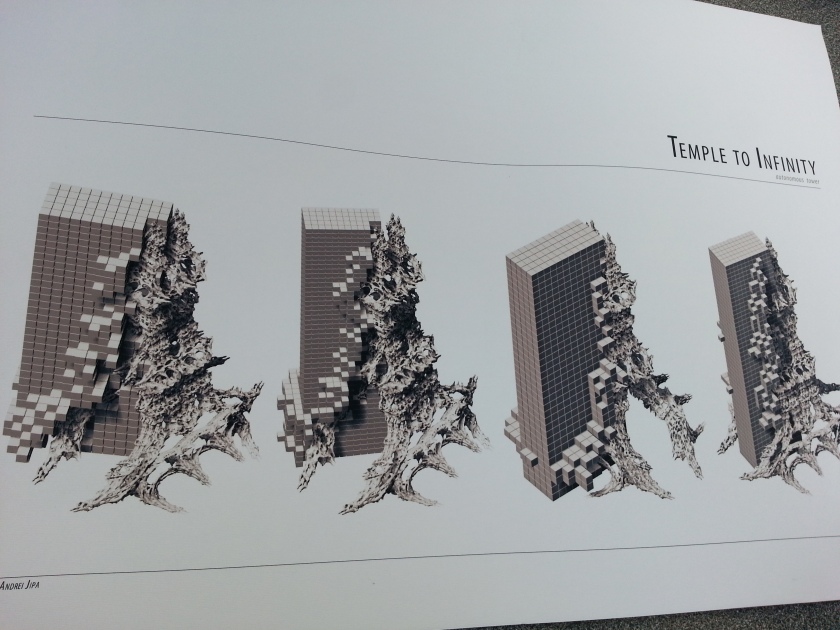As part of international woman’s day I’m exploring differences between males and females in relation to the built environment in order to inform my final project. It only takes two minutes to complete and will directly influence the design progression.
https://sites.google.com/site/genderpreference/
Some examples of questions found in the survey can be found below:
Many Thanks
Image : Jan Gehl, How to Study Public Life, http://www.blogadilla.com/2008/06/08/are-you-a-tetrachromat/





































































